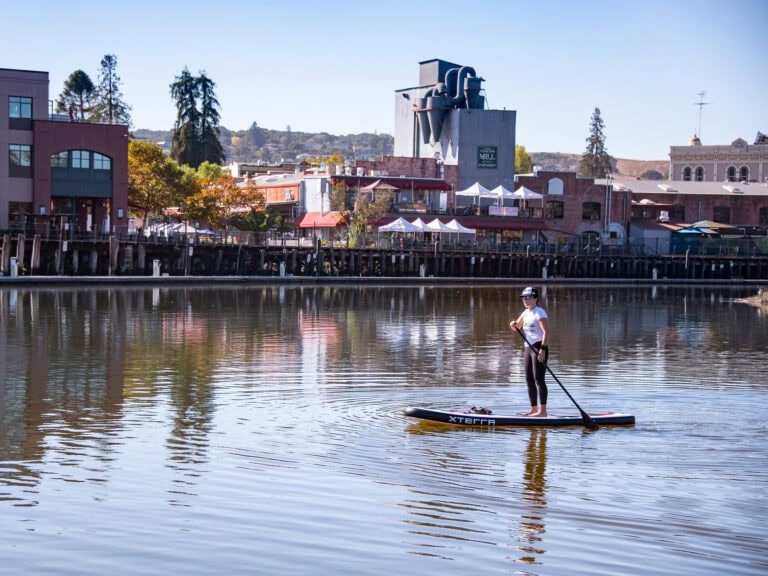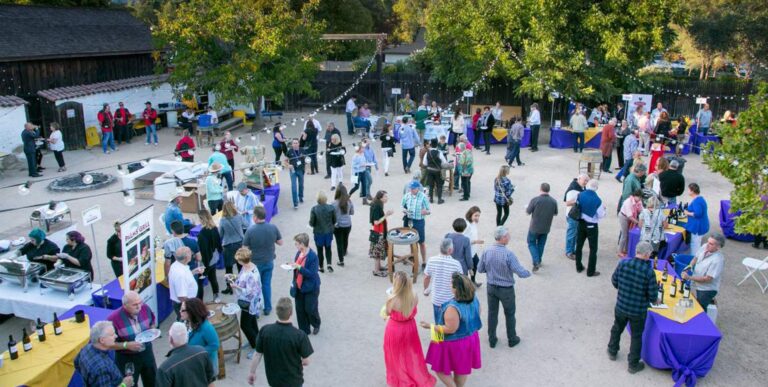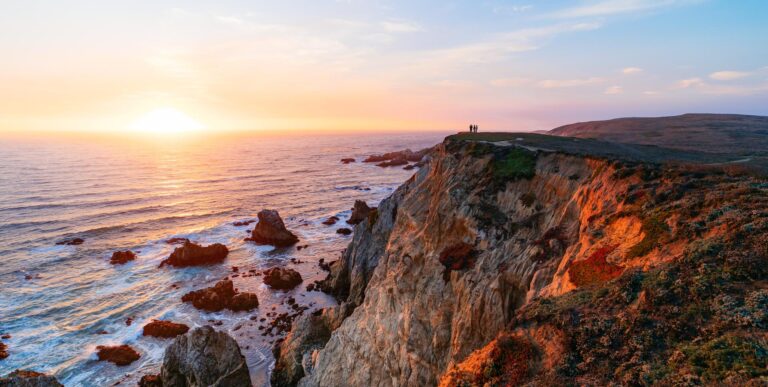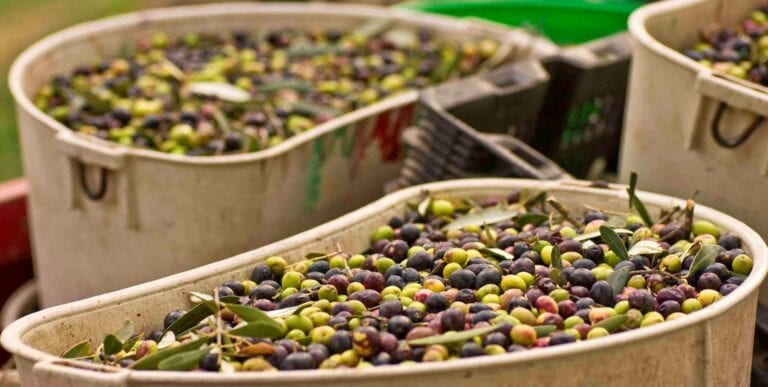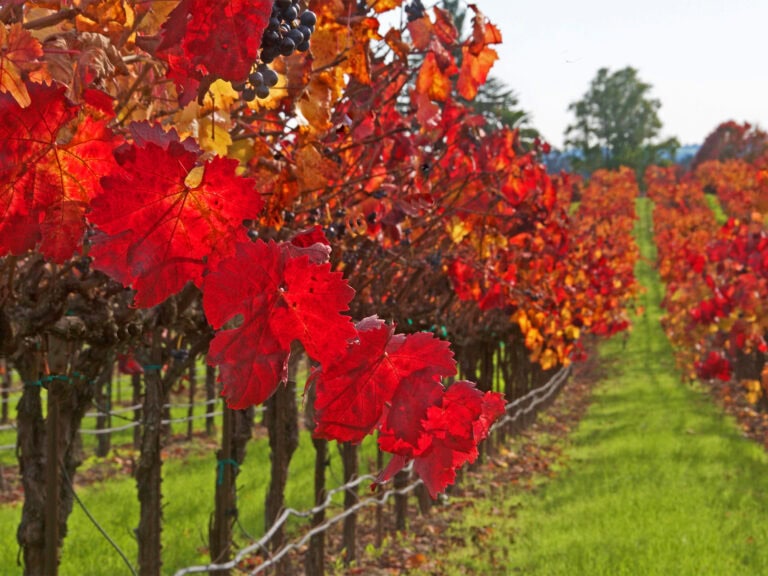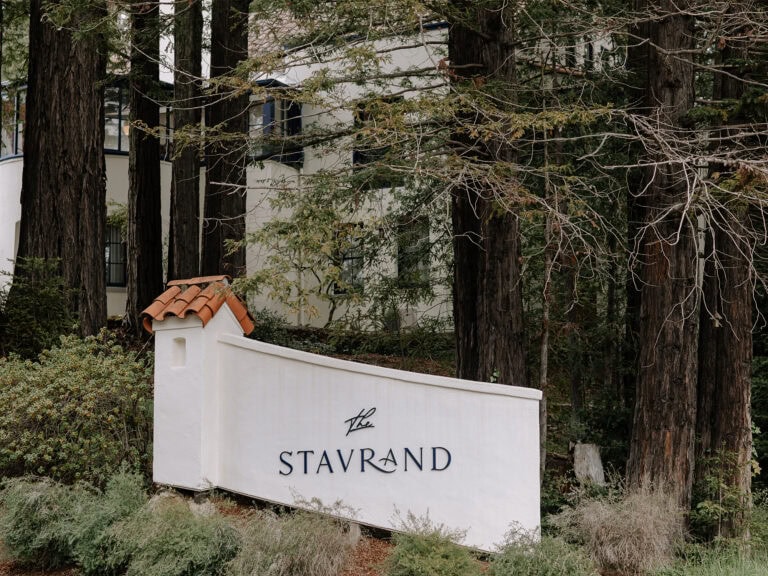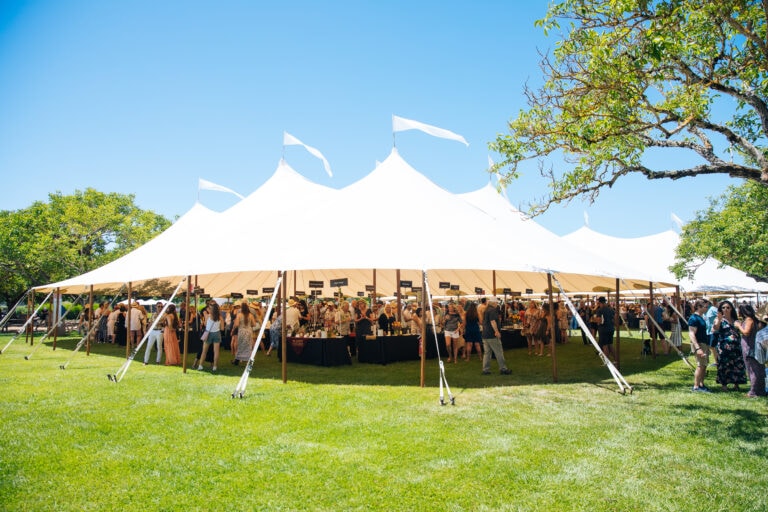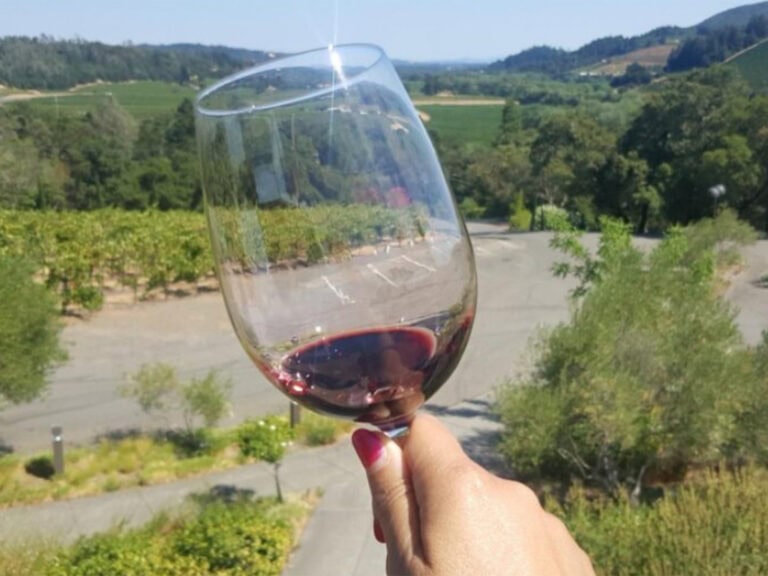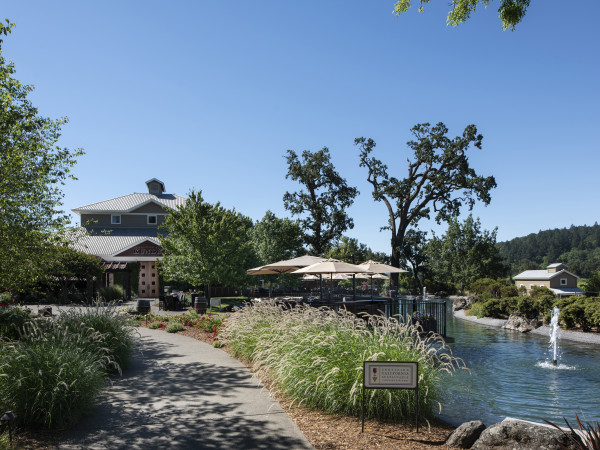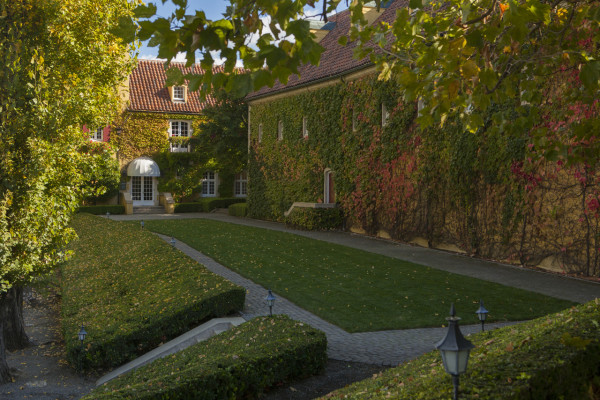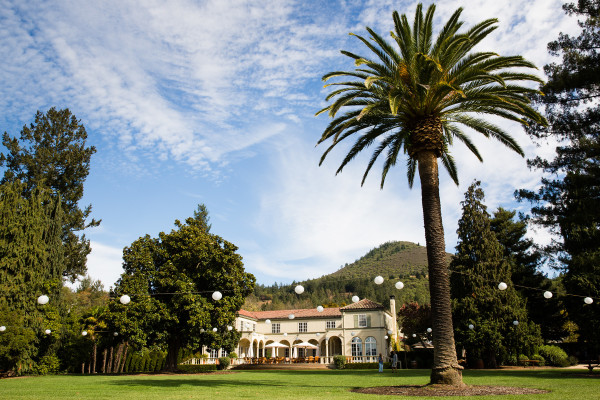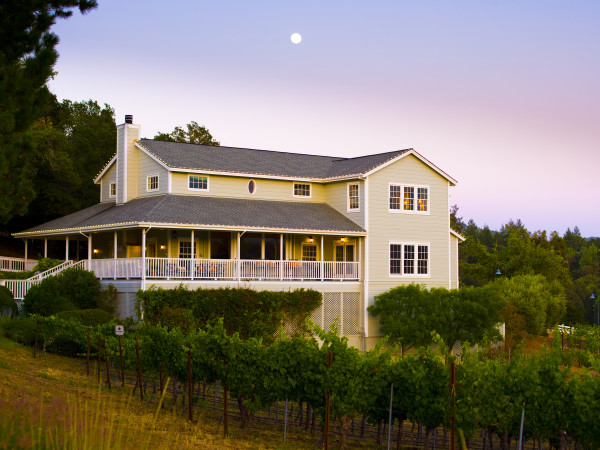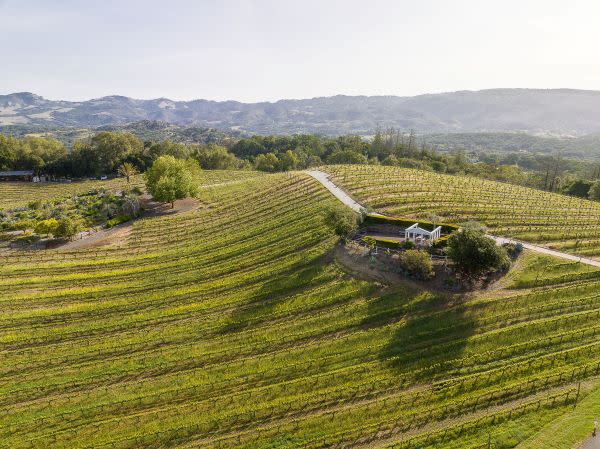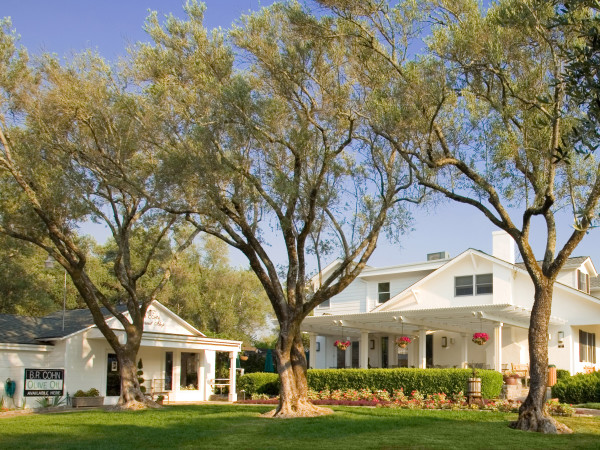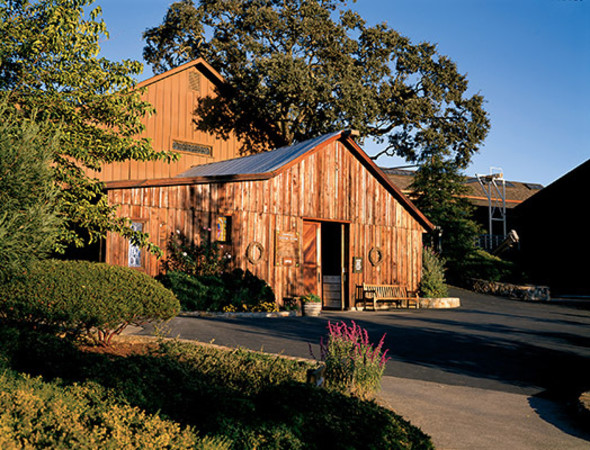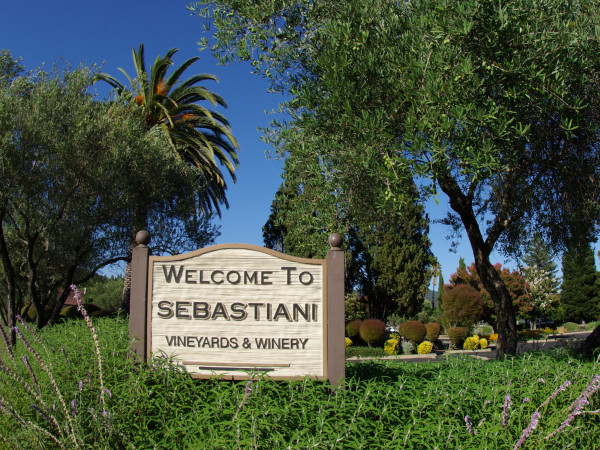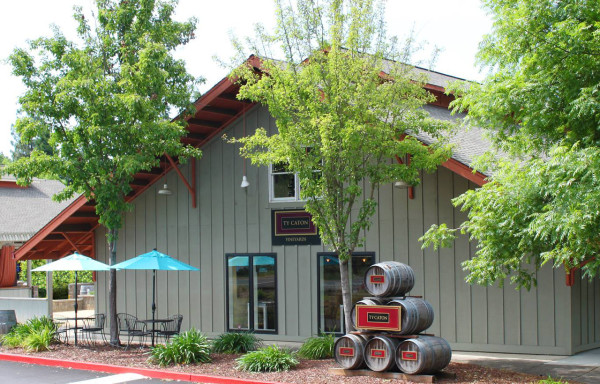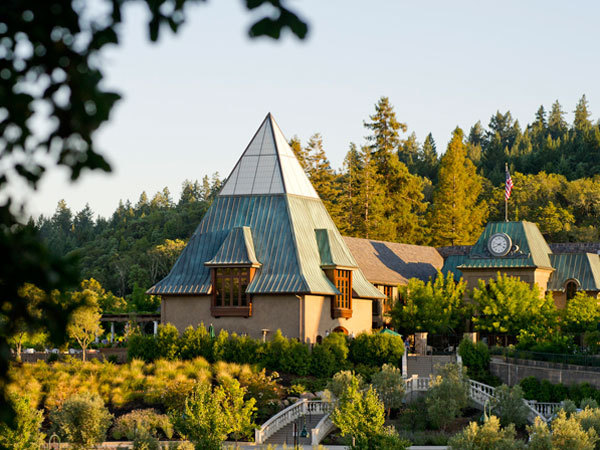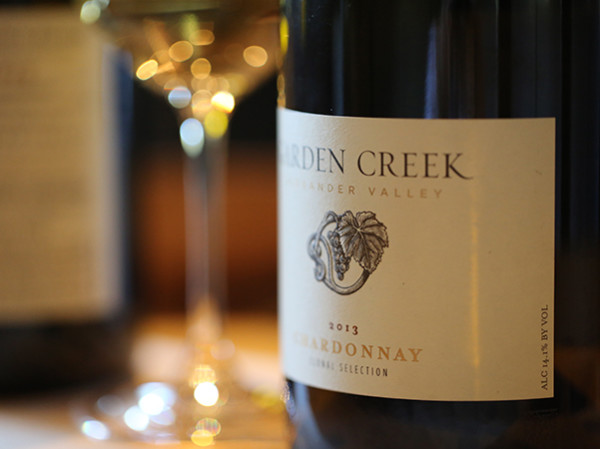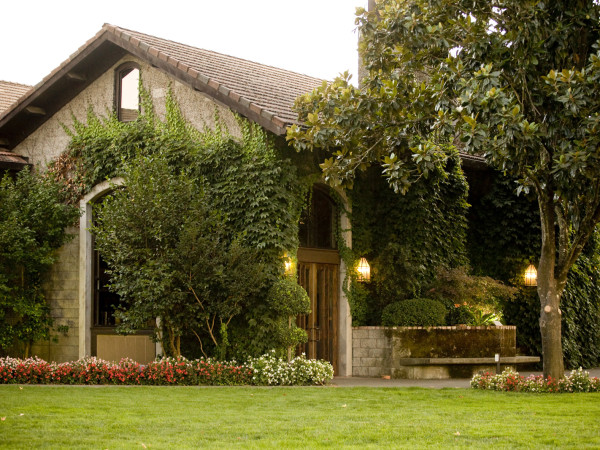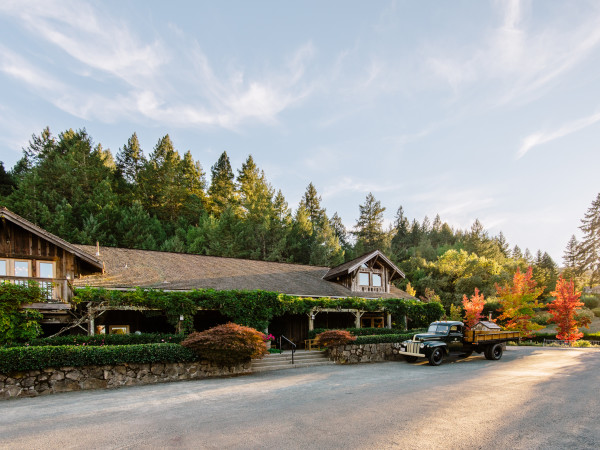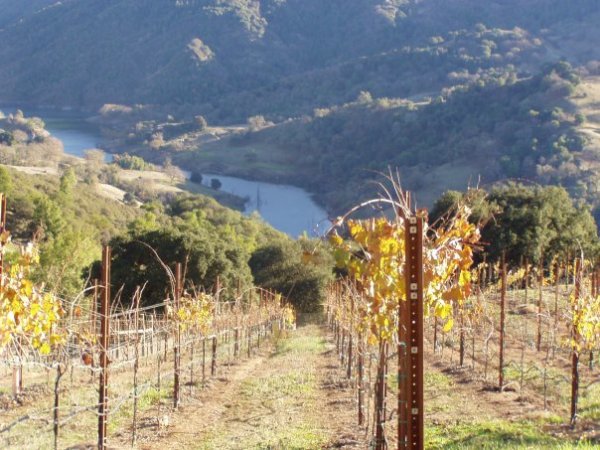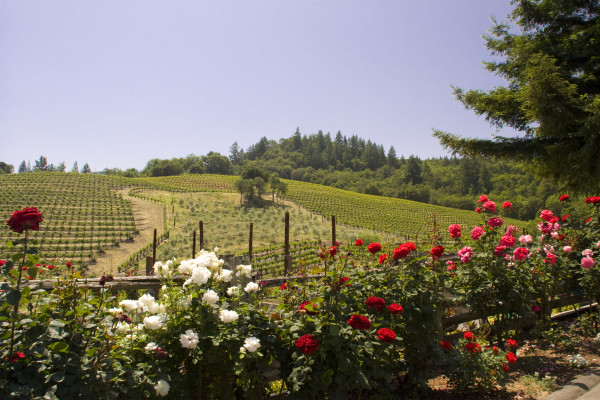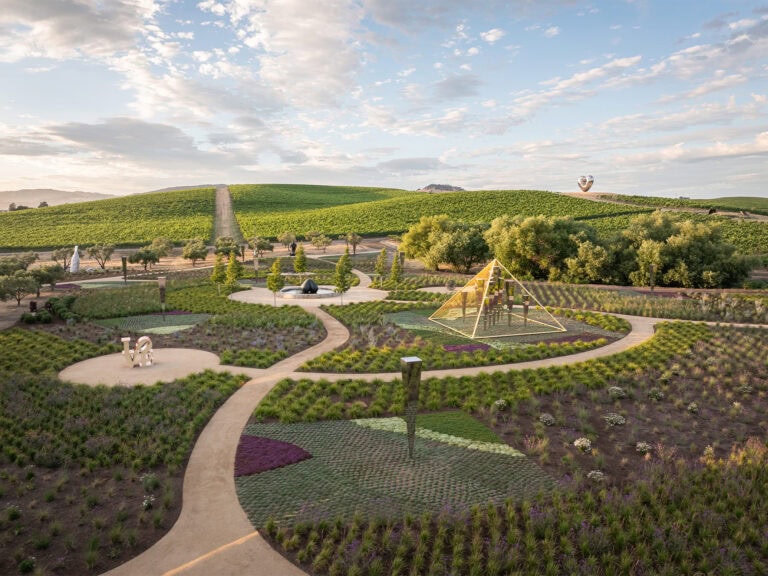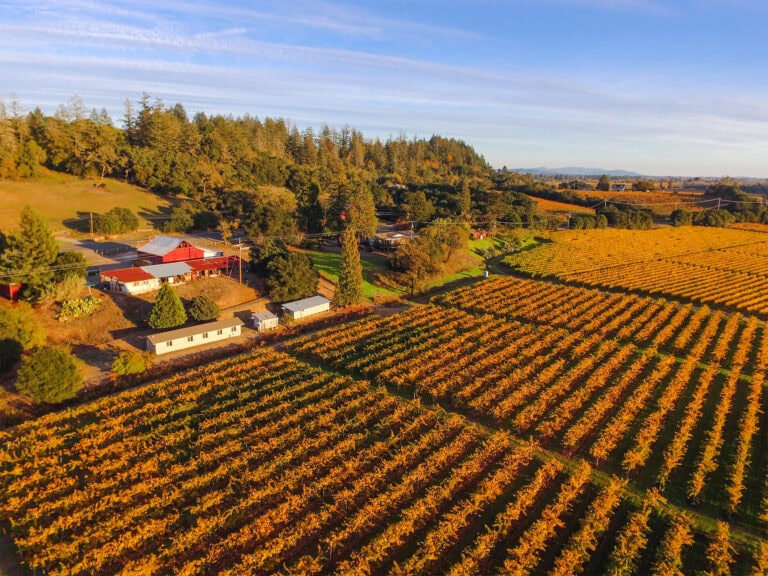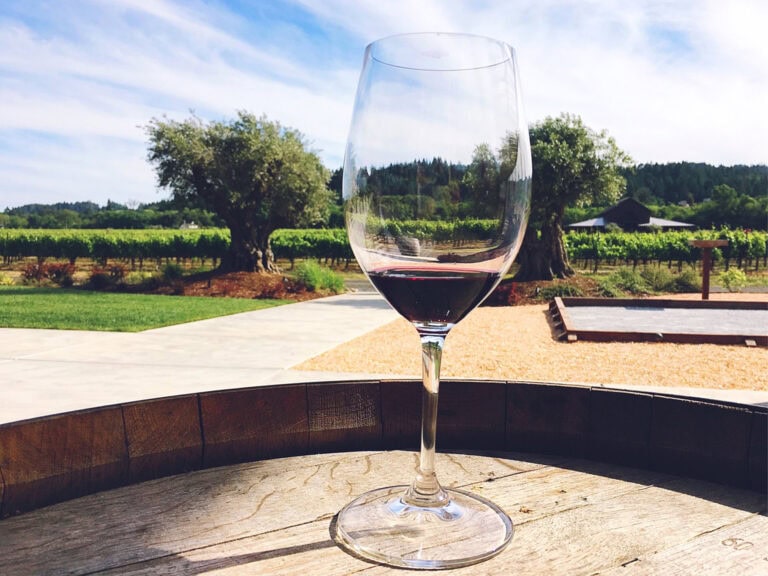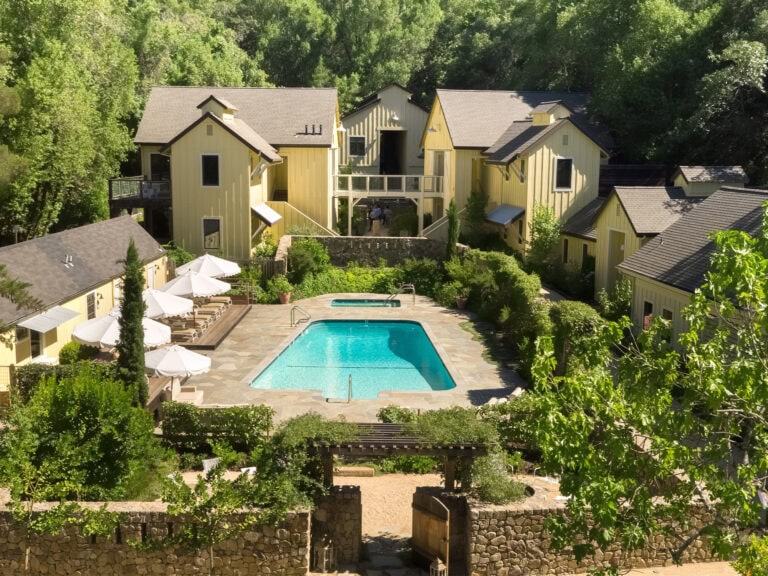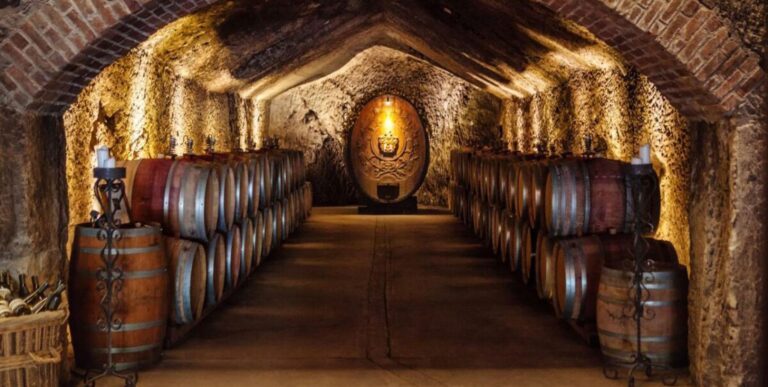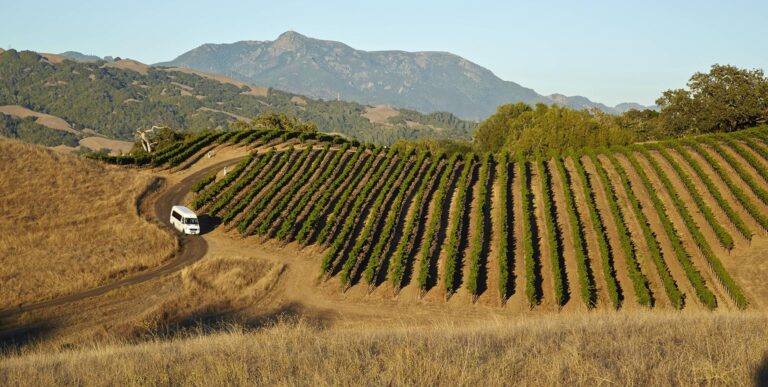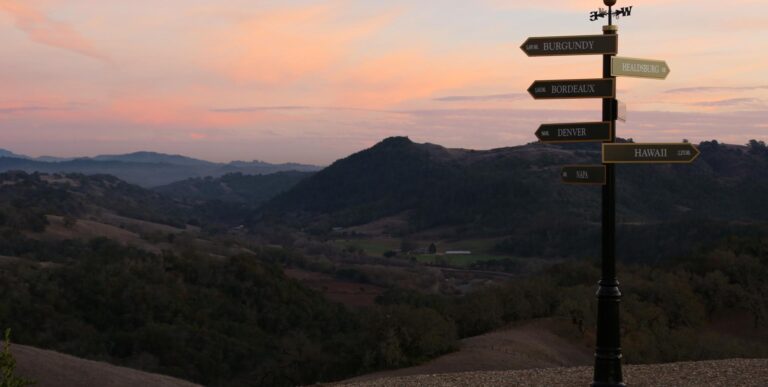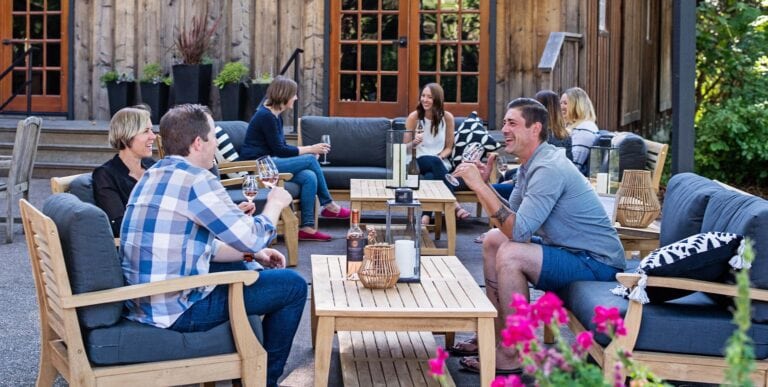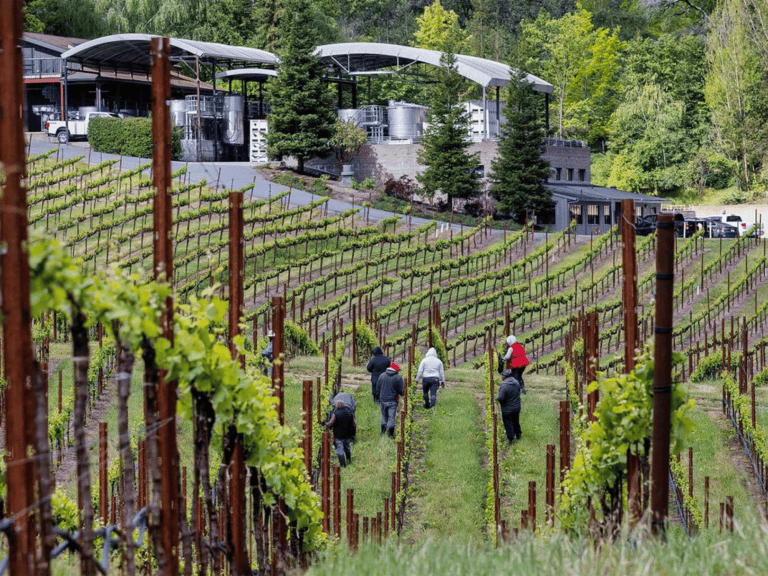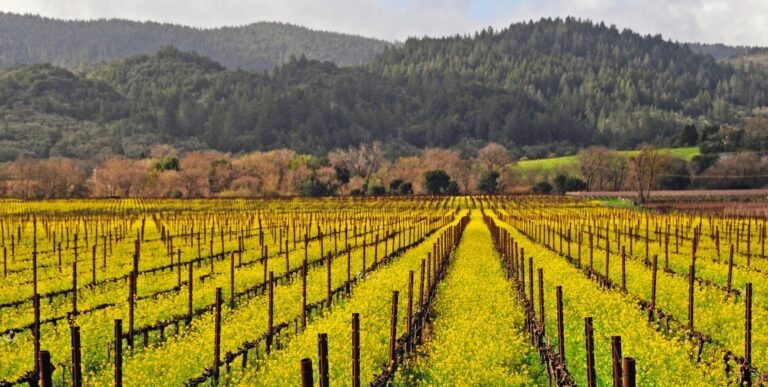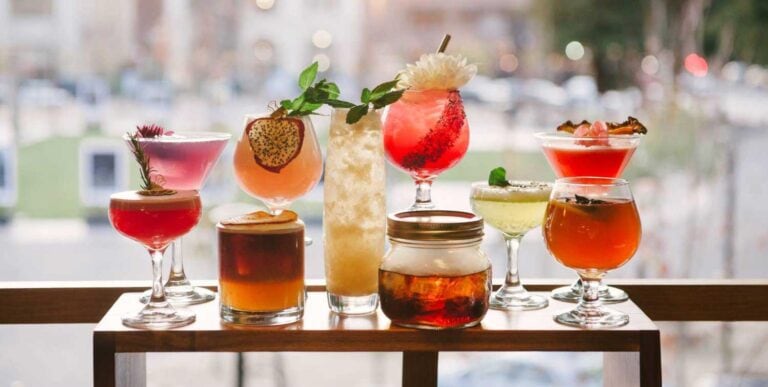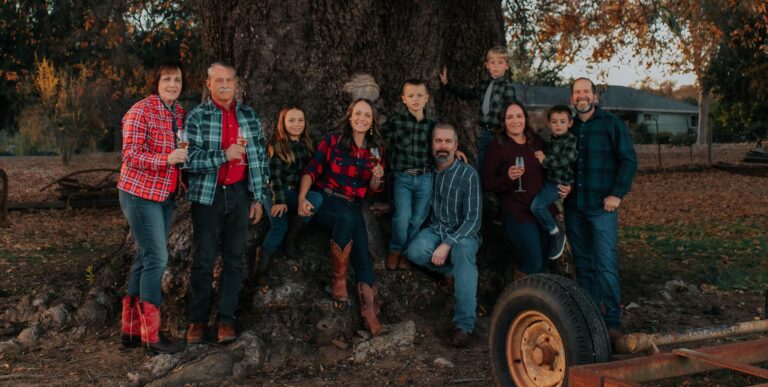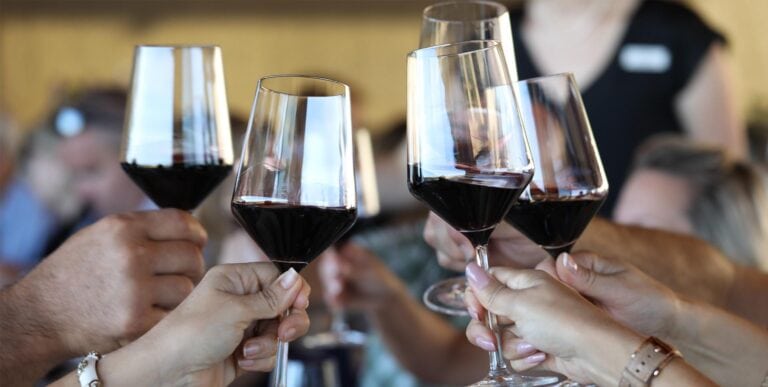A Guide to Cabernet Sauvignon
It’s hardly surprising that Cabernet Sauvignon is popular in Sonoma County, as it’s the most popular red varietal wine in the world. Planted here on some 12,000 acres of vineyards, Cabernet Sauvignon, or “Cab,” as it’s nicknamed, is grown in the warmest of Sonoma County’s diverse regions. Cabernet Sauvignon’s famous flavor and tannic structure come from smaller berries and thicker skins that favor the ideal climate in Sonoma County.
Here is a guide to Sonoma County’s outstanding Cabernet Sauvignon wine by region:
Sonoma County Cabernet Sauvignon by Region
Sonoma Valley
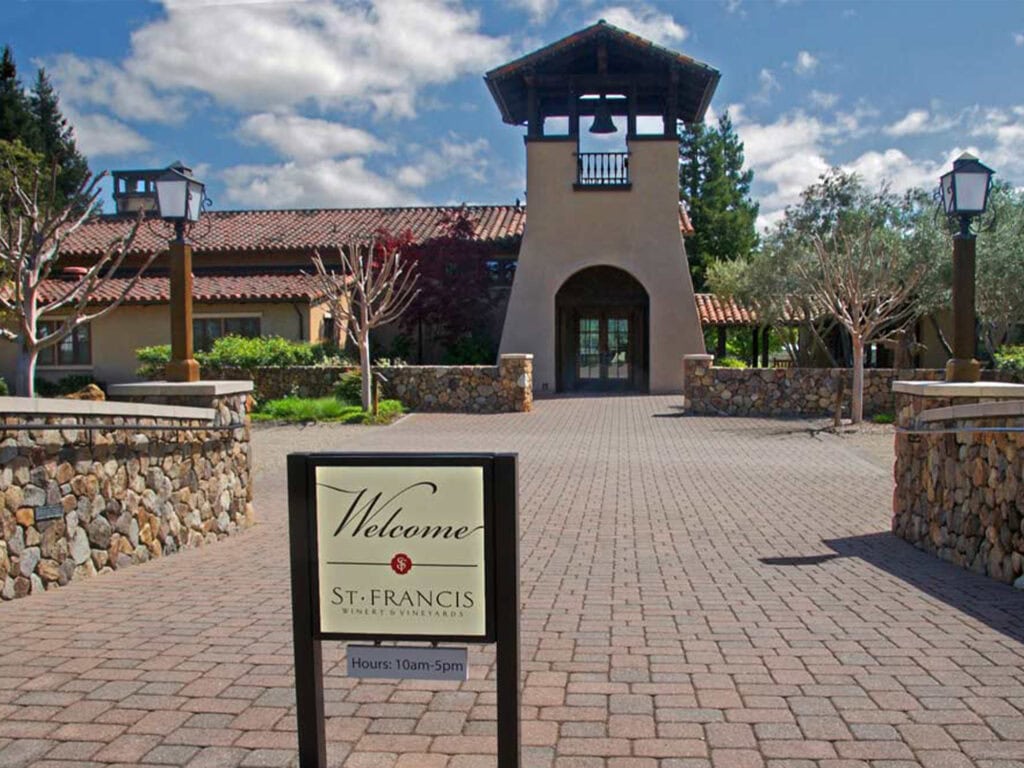
This “sweet spot” in the heart of Sonoma County is made for Cabernet. Here, you’ll find the legendary Monte Rosso vineyard and other, more recently planted favorites.
Cabernet Sauvignon wineries in the Sonoma Valley region:
- Arrowood, Glen Ellen
- Benziger, Glen Ellen
- BR Cohn, Glen Ellen
- Laurel Glen, Glen Ellen
- Chateau St. Jean, Kenwood
- Kenwood Vineyards, Kenwood
- Ty Caton, Kenwood
- St. Francis, Santa Rosa
- Sebastiani, Sonoma
Alexander Valley
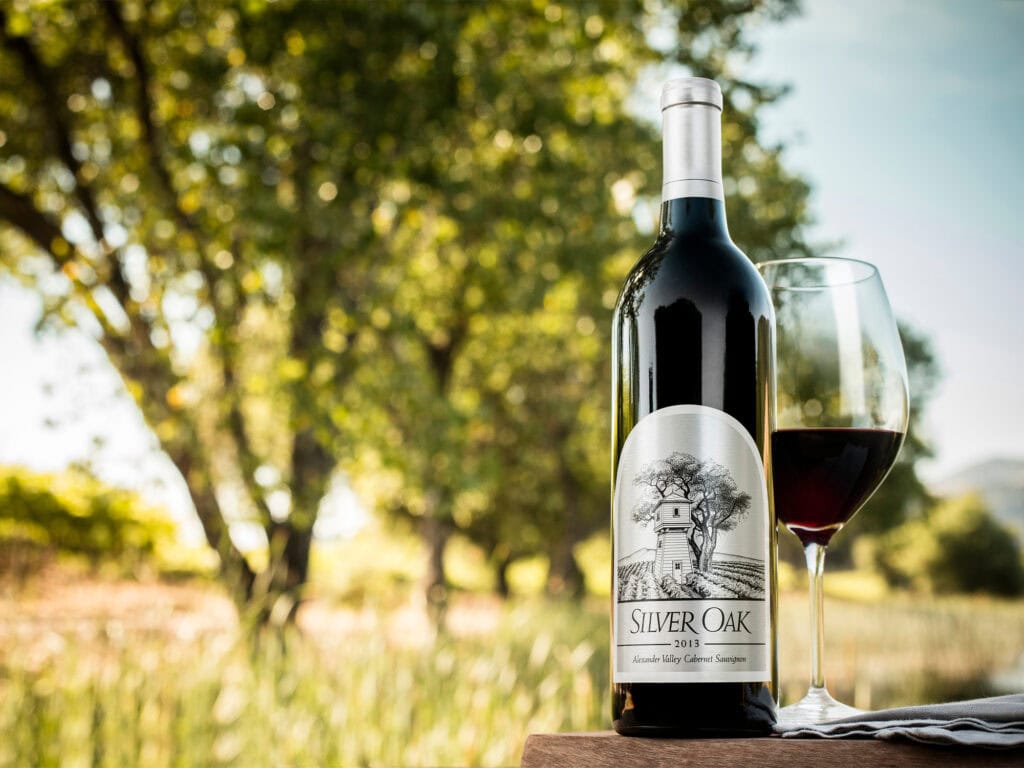
Sonoma County’s Alexander Valley is warm and gravelly, creating a Cabernet growing match made in heaven. From the valley floor to the mountaintops, Cabernet Sauvignon from Alexander Valley has perfect, robust qualities.
Cabernet Sauvignon wineries in the Alexander Valley region:
- Alexander Valley Vineyards, Healdsburg
- Jordan Vineyard & Winery, Healdsburg
- Rodney Strong, Healdsburg
- Silver Oak, Healdsburg
- Stonestreet, Healdsburg
- Francis Ford Coppola, Geyserville
- Garden Creek Ranch Vineyards Winery, Geyserville
Knights Valley
In the shadow of Mount St. Helena, Knights Valley sits between the town of Calistoga and the Alexander Valley. With few wineries and no town, it’s a rural vineyard and ranching region prized by both Sonoma and Napa wineries for the Cabernet grapes grown here.
Dry Creek Valley
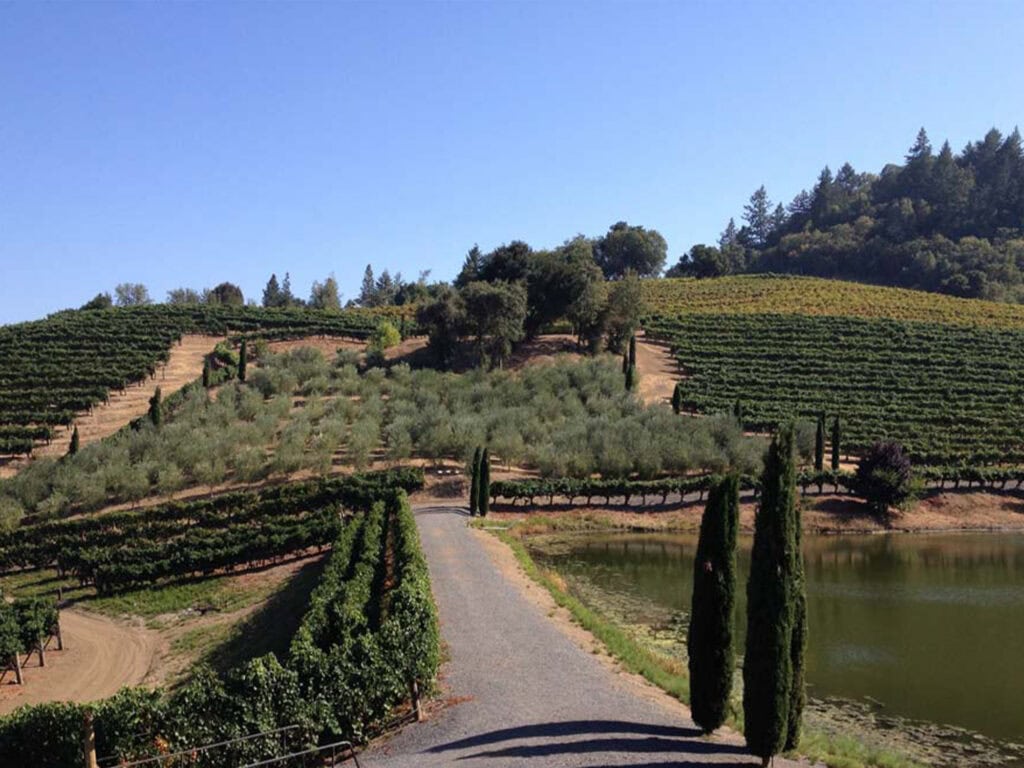
Cabernet Sauvignon loves this classic Sonoma County wine valley, with its toasty summer days tempered by cooler evenings.
Cabernet Sauvignon wineries in the Dry Creek Valley region:
- A. Rafanelli Winery, Healdsburg
- Dry Creek Vineyard, Healdsburg
- Lambert Bridge, Healdsburg
- Mauritson Wines, Healdsburg
The Cabernet Sauvignon Style
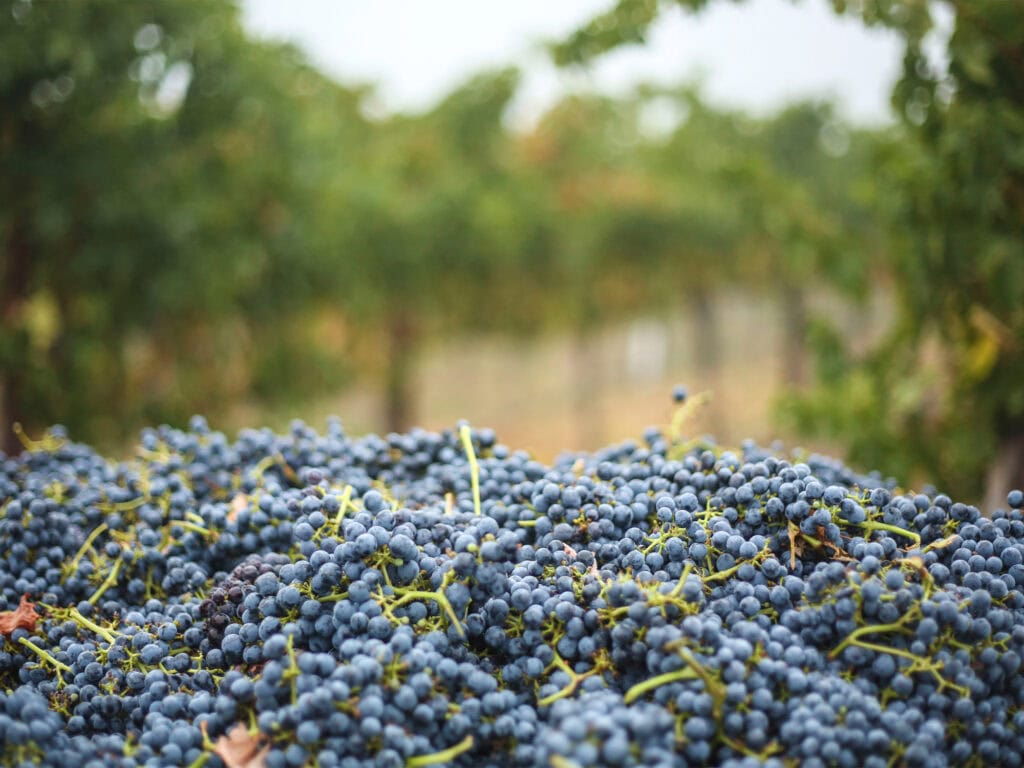
Born from the union of Sauvignon Blanc and Cabernet Franc, the origin of Cabernet Sauvignon is southwestern France. Cabernet Sauvignon displays an ever-changing but usually recognizable suite of aromas and flavors, which may include cigar wrapper, pencil lead, gravel, cassis or black currant and top notes of raspberry, blackberry, and blueberry.
Cabernet Sauvignon History in Sonoma County
In the 1850s, budding Sonoma County vintners imported the Cabernet Sauvignon grape. The ambitious John H. Drummond won acclaim for Cabernet Sauvignon produced from his vineyard near Glen Ellen, which today is part of the Kunde Family Winery.
In the 1970s, legendary winemaker André Tchelistcheff consulted for estates such as Jordan Vineyard & Winery and wineries like Rodney Strong Vineyards and Chateau St. Jean which all gained attention for their excellent Cabernet Sauvignons.
Icons of the industry like Beringer and Louis Martini also sourced some of their best Cabernet Sauvignon wines from Sonoma County vineyards.
Written by Sonoma Insider James Knight
Places Mentioned
THIS IS WINE COUNTRY.
Share your experience using #SonomaCounty or #LifeOpensUp
